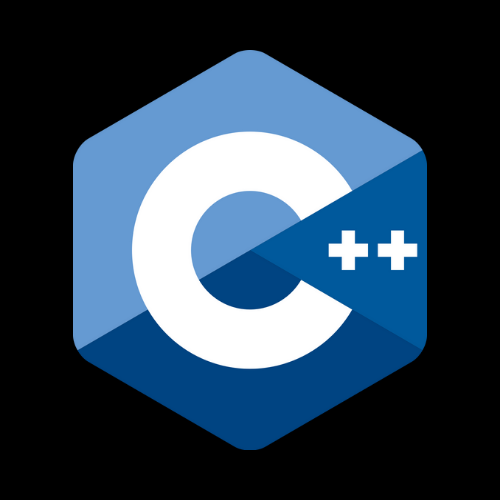C is a high-level programming language that was developed in the early 1970s by Dennis Ritchie at Bell Labs. It is one of the most influential and widely used programming languages, serving as the foundation for many other languages and operating systems. In this detailed explanation, I'll cover various aspects of the C language.
**1. Basics:**
- **Syntax:** C uses a structured syntax with curly braces `{}` to define blocks of code and semicolons `;` to terminate statements.
- **Variables:** C supports various data types, including integers (`int`), floating-point numbers (`float`, `double`), characters (`char`), and user-defined data types.
- **Functions:** In C, you write code in the form of functions. The `main()` function is the entry point of a C program.
**2. Features:**
- **Portability:** C code is highly portable, meaning it can run on different platforms with minimal changes.
- **Efficiency:** C programs are known for their efficiency and low-level control over hardware.
- **Modularity:** You can break your code into smaller, reusable functions and libraries.
- **Pointers:** C supports pointers, allowing you to manipulate memory directly, which is crucial for tasks like memory management.
- **Standard Libraries:** C provides a rich standard library for common functions (e.g., `stdio.h` for input/output).
**3. Memory Management:**
- In C, you must manage memory manually. You allocate and deallocate memory using functions like `malloc()` and `free()`.
- This can be powerful but also error-prone if not handled properly, leading to issues like memory leaks and segmentation faults.
**4. Control Structures:**
- C offers control structures like `if`, `else`, `for`, `while`, and `switch` for making decisions and controlling program flow.
**5. Input and Output:**
- C provides input and output functions like `printf()` and `scanf()` for handling user input and displaying output.
**6. Preprocessor Directives:**
- C uses preprocessor directives (e.g., `#include` and `#define`) to preprocess code before compilation. These are used for including header files and defining macros.
**7. Libraries and Headers:**
- C comes with a standard library that contains functions for various operations. You include these functions using headers like `stdio.h`, `math.h`, and others.
**8. Data Types:**
- C supports various data types, including integers, floating-point numbers, characters, arrays, structures, unions, and more.
- You can create custom data types using `struct` and `enum`.
**9. File Handling:**
- C provides functions for reading and writing files, allowing you to perform I/O operations on external storage.
**10. Error Handling:**
- C has mechanisms for handling errors, primarily through return values and error codes.
**11. Low-Level Features:**
- C allows you to work with low-level features like bit manipulation, pointer arithmetic, and direct memory access.
**12. Compilers:**
- To write and run C programs, you need a C compiler like GCC (GNU Compiler Collection) or Microsoft Visual C++.
**13. C Standards:**
- C has gone through several standardization processes, with notable versions being ANSI C (C89/C90), C99, C11, and C18. These standards define the language's features and behavior.
**14. Application Areas:**
- C is used in a wide range of applications, including system programming, embedded systems, game development, and scientific computing.
**15. Learning C:**
- Learning C can be a good foundation for understanding programming concepts and gaining low-level programming skills. Numerous online tutorials, books, and courses are available to help you learn C.
In summary, C is a powerful and versatile programming language known for its efficiency, portability, and low-level control over computer hardware. It forms the basis for many other programming languages and continues to be relevant in various application domains.



